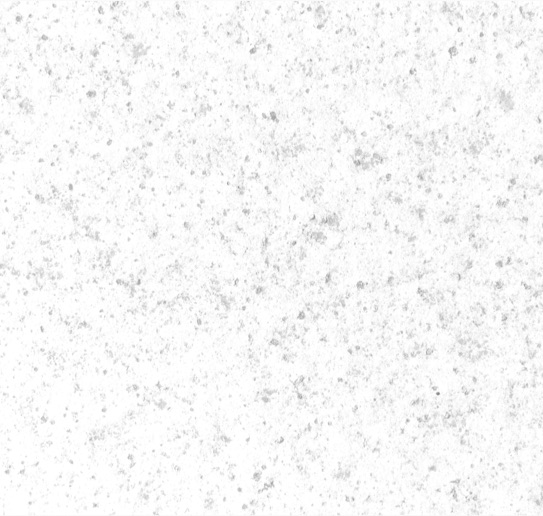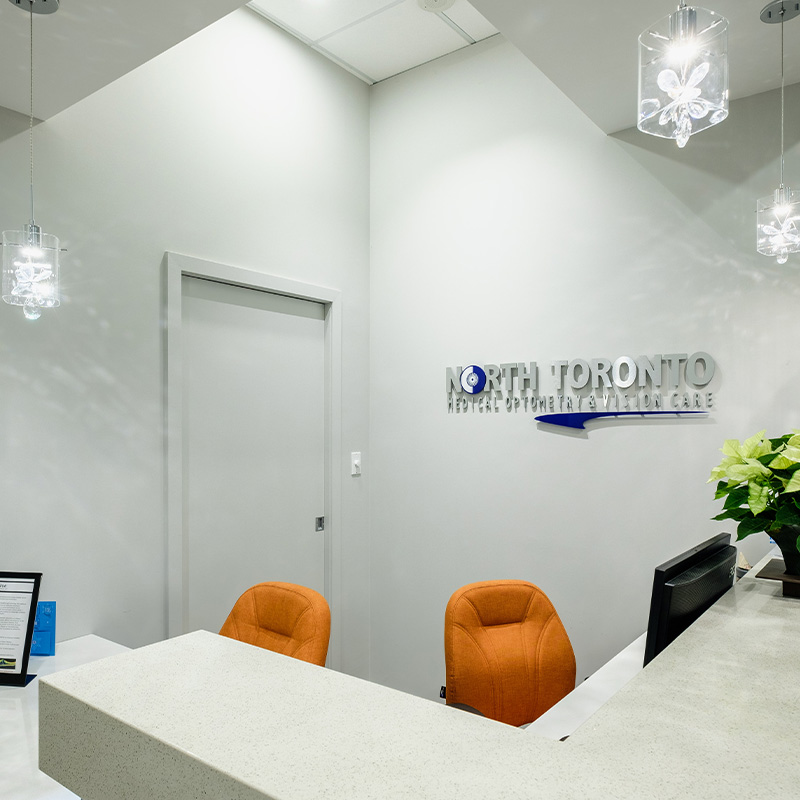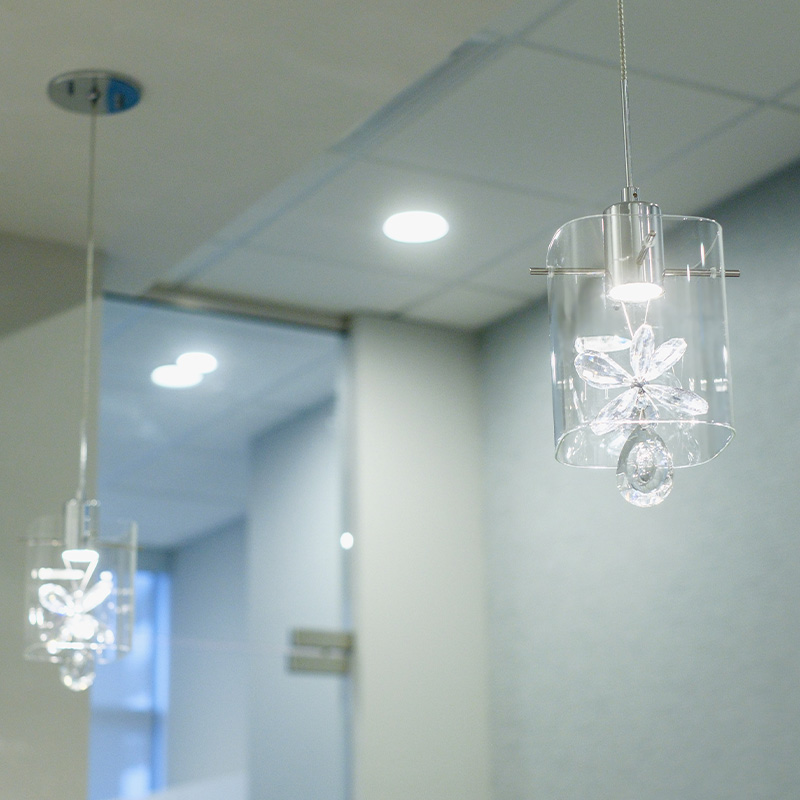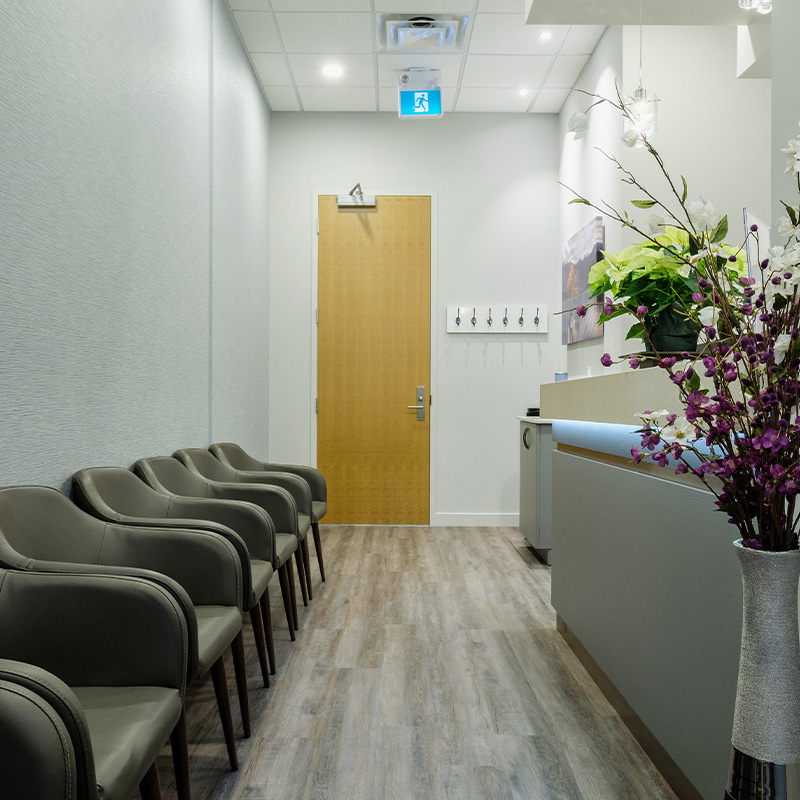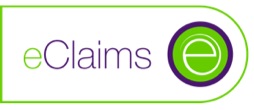Ode to North Toronto Vision Care
The North Toronto Vision Care clinic specializes with issues related to eyes,
All the staff and practitioners are very wise.
My issue was eyes that were dry,
Their treatment I could rely.
All the equipment is state of the art,
The service that they provide is from the heart,
The staff are friendly and kind,
These days this level of service is hard to find,
Dr. Echharam is very focused and takes an approach that is holistic,
Looking at the functions of the body as a whole is realistic.
I am thankful that I got a referral from my optometrist which was a great link,
The treatments seemed to be over in a blink.
Don’t blink, Don’t blink,
Blink, blink.
Micheal C.
After suffering debilitating eye pain and extreme dryness from a chemotherapy turned anti-acne drug and Lasik surgery in 2018 I have travelled across Ontario, Quebec, into the US as far as Boston and even to southern Spain searching for doctors that can help me. I’ve seen well over twenty different optometrists and ophthalmologists in my quest to reduce my pain and get my life back. Dr. Echharam stands out from the rest as I have never met a doctor as patient, attentive and caring as her. Most want to get you in and out of their office as quickly as possible. Dr. Echharam takes her time analyzing every tiny detail, listening to your long and complicated list of symptoms, and making sure that you fully understand what she is doing. She also stays on top of the latest research and advancements in this ever changing and growing field. When all your pain and suffering was at the hands of negligent doctors someone like Dr. Echharam can really restore your faith that there are indeed medical professionals whose number one goal and priority is to help improve the lives of their patients.
Gabe
Very much enjoyed the treatment.
It definitely clears the eyes and gives them a more youthful glow It is unfortunate it is not covered by OHIP. The treatment would produce best results if done every few months. With luck could give longer lasting and maybe even more permanent recovery of dry eyes especially in older people.
Bill
Dry eye is a common condition that can cause your eyes to feel uncomfortable and irritated.
Almost a year ago Dr Roshni Echharam at North Toronto Medical and Vision Care, prescribed 2 specific treatments to address my severe dry eye symptoms . One was the IPL treatment and the other was Radio Frequency treatment. The latter seems to have worked for me as my eyes are much better now. Dr Roshni Echharam is highly knowledgeable and professional. She addressed all my concerns with patience and fully explained the procedure. I felt relaxed and was in good hands. The clinic has latest technology and excellent clinic associates as well.
JAYSHREE
Another surgeon spoke highly of Dr. Echharam and so I became a patient of the North Toronto clinic for dry eyes caused by an earlier refractive surgery. It has been a long process for me, but Dr. Echharam has been patient, answered my questions, and worked with me through various complications. I would personally recommend Dr. Echharam and the North Toronto clinic to anyone looking for high quality, compassionate, care.
J
As a patient who has struggled with severe dry eyes for the past two years, I cannot speak highly enough about Dr. Echharam. I have seen countless optometrists and ophthalmologists both in Canada and the US, but none have shown the same level of care and thoroughness as Dr. Echharam. Her expertise on treating dry eyes is unmatched, and she stays up-to-date on the latest and most innovative treatments available. What’s more, when other doctors gave up on me, Dr. Echharam never did. I highly recommend her to anyone that is experiencing discomfort with their eyes.
Carol Z
I first saw Dr. Echharam last fall as I was experiencing a great deal of discomfort and was diagnosed with dry eye disease. She was very thorough in her examination and recommended IPL treatments to help resolve the issue. I’m very happy with the results! These treatments worked incredibly well and my eyes feel so much better! I highly recommend Dr. Echharam. She’s an excellent Optometrist – Very thorough, explains the issues and recommendations clearly and she is also very personable and genuinely cares. She was responsive any time I had questions. Her team is also very good which lends to a very pleasant experience. I’m so grateful to have been referred to North Toronto Vision Care.
Lucy
Dr. Echharam is a very caring and excellent doctor. She takes time with her patients to really help them, she doesn’t rush you out like so many other drs do.
She has extensive knowledge and is often reaching out to other experts in the field to learn more to better help her patients. I’ve seen many optometrists and ophthalmologists and Dr. E, is one of the best.
Her staff are all extremely kind and helpful as well, shout out to Holly 🙂
Leslie
I was diagnosed with dry eye syndrome in 2015. I received successful treatment and it was controlled with eye drops for several years. I then had cataract surgery in both eyes in 2019, which resulted in severe dry eye syndrome. On the advice of my optometrist, I used several eye drops, ointments and warm compresses throughout the day. However, this did not lessen the symptoms or improve my situation. I experienced constant discomfort, gritty feeling in my eyes and blurry vision, which hindered me from reading, working on the computer and seeing clearly. In addition, the hours devoted to treatment at home with drops took up a great deal of my day. My condition had a significant impact on my everyday life.
Finally, my optometrist referred me to Dr. Roshni Echharam at North Toronto Medical Optometry and Vision Care who specializes in treating dry eye syndrome. She recommended five treatments, (4 IPL and I Lipiflow) which she clearly explained to me at the onset. After the first treatment, my life changed significantly. My vision became clear, I have no discomfort and I feel I have gotten my life back, since I do not spend hours on drops and treating my eye. Reading and working on the computer are now a pleasure. I see clearly once again. Dr Echharam is wonderful; she is caring and explains what she is doing in detail during the treatments. Her staff, like she, are also efficient and thoughtful. I feel deep appreciation for Dr. Echharam and her staff.
Elizabeth Nemethy
In January 2020 Dr. Echharam began treating me at her dry eye clinic. Dr. Echharam’s knowledge of dry eye is amazing. Over the course of a number of weeks she provided treatments, suggestions and regular consultations to address my dry eye symptoms. I have seen a drastic improvement in the health of my eyes as a result of Dr. Echharam. I cannot recommend North Toronto Vision Care enough. It is obvious that Dr. Echharam loves her work and truly wants to do her best for every patient she sees.
Anna Dalgarno
I came to Dr. Roshni’s clinic for a dry eye consult and received IPL treatments. At first, I was very hesitant since I need to lip-read people to understand them (I am Deaf) and when my eyes were closed during the first procedure I was nervous. But she explained the process in advance very well and we came up with cues for me to hear or feel. I was comfortable and then knew what to expect after the first treatment. In addition, after each IPL treatment when it came to cleaning my eyelids, I had a fear of anyone coming near my eyes but she displayed extreme patience and understanding and we went at my own pace. I would recommend this clinic for individuals who have any concerns with their eyes in general or whom need dry eye treatments.
R.F
Dr Echharam has been my eye doctor for several years.
During that period, I have seen her grow into one of the best eye care doctors.
She has studied advanced herself and has all the equipment to back her claim to the utmost claim of care for dry eyes in all her patients. In my books she comes highly recommended.
Bill Ricciuto
Dr. Echharam rapidly diagnosed my eye issues, made sure that I had additional medical tests to rule out more serious conditions and provided state of the art treatment that addressed the root causes of my dry eye problem such that the problem quickly improved. This treatment, while not fun, was successful.
Under her care, I am managing my dry eye condition well and monitoring my eyes to ensure that the condition remains stable. Could not be in better hands.
Howie Nisenbaum
Dr. Echharam is friendly, knowledgeable and has tons of patience. She has worked wonders with my dry-eye issue; always researching new products or solutions. The whole team takes such care in every aspect of your visit. My son and I have been with Dr. Echharam for close to 15 years.
Ann Bradt
Dr Echharam is an experienced and knowledgeable optometrist who is also super kind and patient. In addition to my vision issues she has also treated my dry-eye problems with great success. She has many recommendations and ointments to try in order to relieve the dryness and improve my oil glands etc in my eye lid and I’m happy to say my eyes are so much better now. Front medical staff are very efficient and pleasant. Parking is available in the building or across the street. I highly recommend this eye clinic.
Sue Poulton
First of all thank to all who left the amazing reviews about Dr. Roshni Echharam, which led me to that clinic. I appreciate that the scheduling was perfect, I had no wait times. I had a severe dry eyes situation and the thoroughness with which I was examined was amazing. The prescription and care advised is right on! The next day and I am already feel great.
Carmalin Francis
My eyes were really dry & uncomfortable 8 months ago. After my 1st IPL I already felt some relief less irritated. After 2nd IPL also some improvement but after 3rd IPL big improvement my eyes felt much more better. I don’t need to put too much drops now. I had 2 different optometrists before and they didn’t help me at all. They just told me to put drops. I am lucky finally got Dr. Echaram to solve my problem. Thank you so much for your caring & expertise.
Addy Lee
Seeking treatment from Dr. Eccharam at North Toronto Medical Optometry was the best decision I ever made for my dry eyes. Before that, I had been to a number of ophthalmologists and optometrists, all of whom failed to accurately diagnose the cause of my dry eyes or offer any effective treatment options. From the moment I walked into Dr. Eccharam’s clinic, I was blown away by the level of care, compassion and clinical expertise I received from her and her team. My dry eye exam included a comprehensive series of tests, after which Dr. Eccharam collected my full history, explained my test results in great detail and answered every one of my many questions with attention and patience. She also recommended a course of treatment that has significantly improved my dry eye symptoms and has even allowed me to start wearing contact lenses again! I am so thankful to Dr. Eccharam and her team for the outstanding level of care I received and for helping me get back to living my life without inflammation and pain.
Rozhen Asrani


